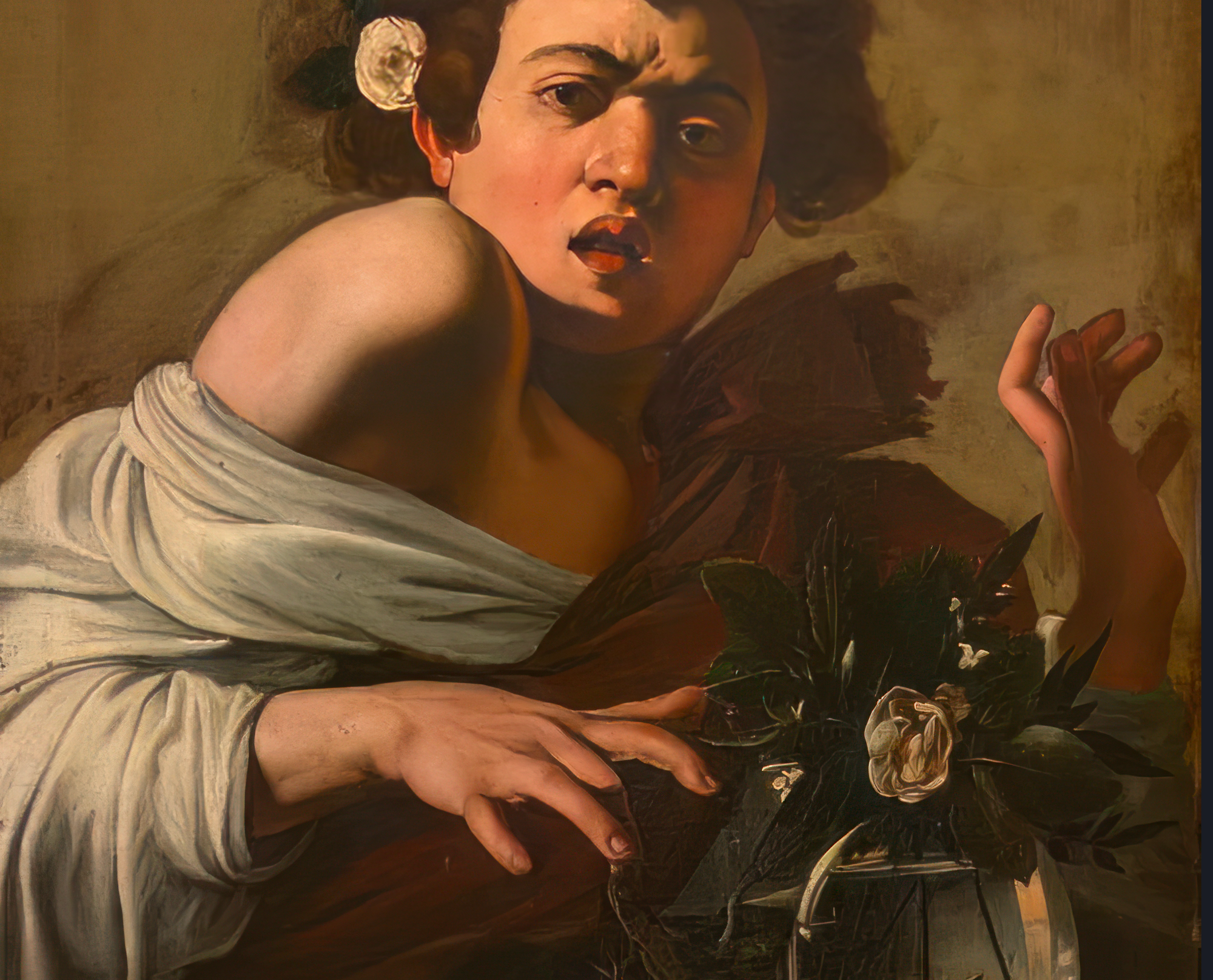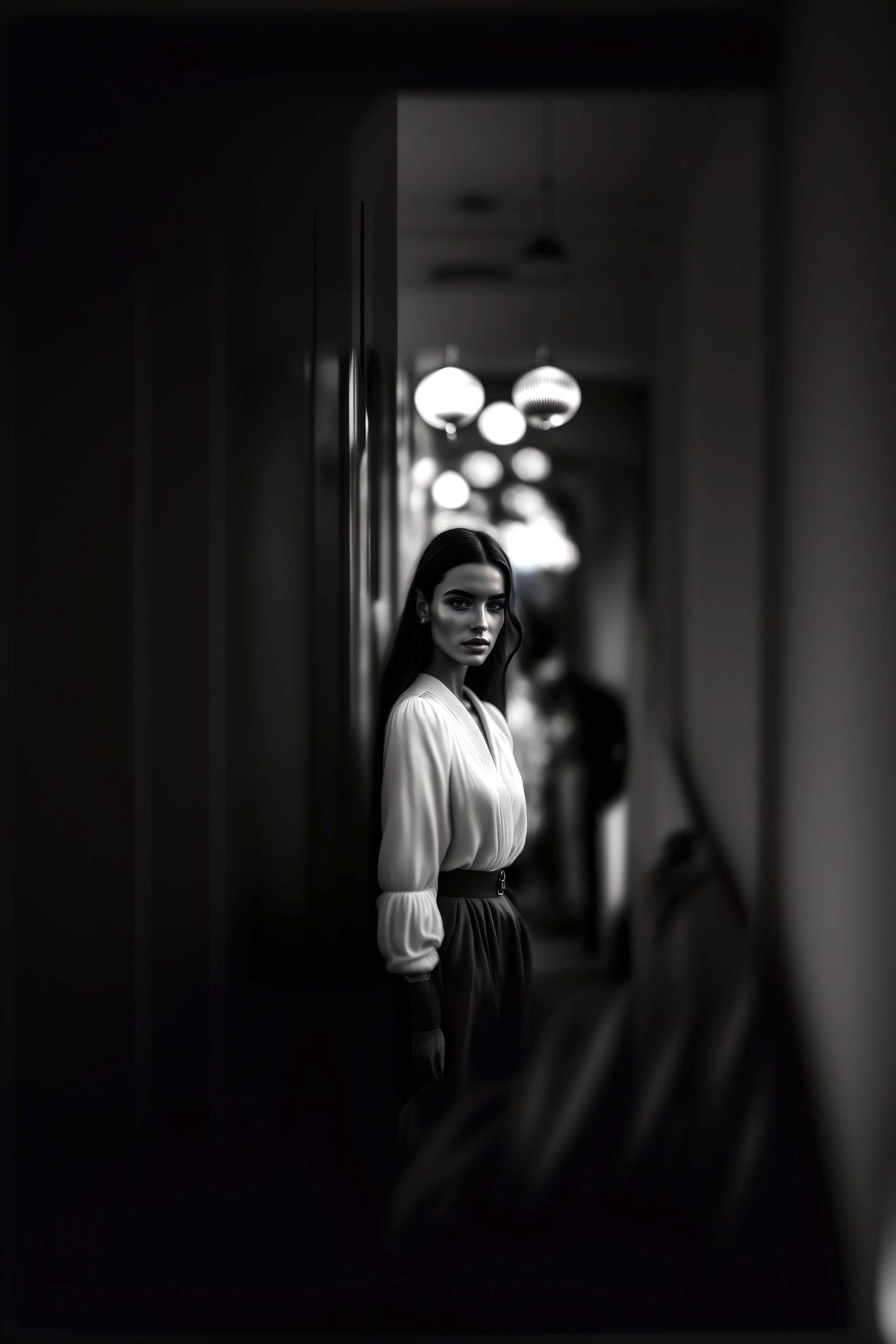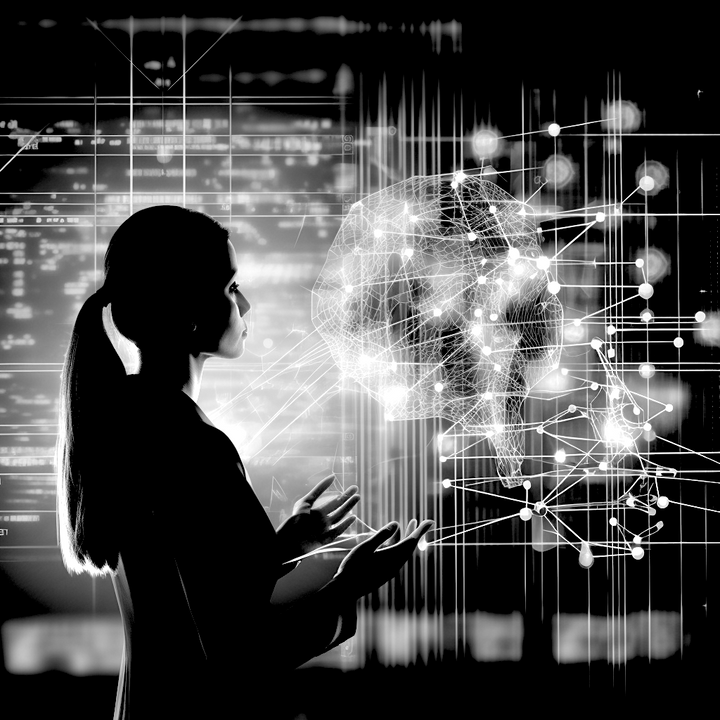As AI redefines the artistic realm, we uncover the intriguing connection between technology and creativity, echoing the Hockney-Falco thesis, and envision a future where Caravaggio meets AI.
Throughout history, groundbreaking innovations have reshaped our lives and redefined entire fields, from the arts to communication. Visionaries like Caravaggio revolutionized painting with their skill and techniques, while inventions like the printing press and the Internet transformed how we communicate, work, and learn. Today, generative artificial intelligence emerges as the next great force, poised to revolutionize both painting and photography, challenging our perceptions of reality and creation itself.
Smile! You're on Camera Obscura
As we delve into the impact of generative AI on visual arts, it is vital to consider the historical relationship between technology and artistry. The Hockney-Falco thesis offers a compelling exploration of this connection, suggesting that some of history's most celebrated artists, such as Caravaggio, Jan van Eyck, and Vermeer, utilized optical devices like the camera obscura, camera lucida, and concave mirrors to help them create their incredibly detailed and realistic masterpieces.
The crux of the Hockney-Falco thesis lies in the assertion that the sudden leap in technical skill and the ability to render accurate perspective and lighting in paintings during the 15th century cannot be solely attributed to the artists' talents. Instead, they argue that these artists employed technology to aid their artistic endeavors. Hockney and Falco analyzed the artwork of the Old Masters and discovered several anomalies that led them to believe that these artists traced or projected images created by optical devices onto their canvases.
For example, they noted that the precise curvature of the chandelier in Jan van Eyck's "The Arnolfini Portrait" could have been achieved with the aid of a concave mirror. Similarly, the intricate detail and depth of field observed in Vermeer's paintings, such as "The Music Lesson," led them to believe that he may have used a camera obscura, a precursor to the modern camera.
The Hockney-Falco thesis has been met with both support and skepticism within the art history and scientific communities. Critics argue that the claims are speculative and lack concrete evidence. They maintain that the artists' skill, rather than any technological assistance, can account for the level of realism found in their works. On the other hand, proponents of the thesis argue that the use of optical devices does not detract from the artists' mastery but rather enhances our understanding of the methods and techniques employed by the Old Masters.
The broader implications of the Hockney-Falco thesis extend beyond art history and into the realm of creativity, technology, and the nature of artistic expression itself. It raises questions about the role of technology in art and whether the use of tools like the camera obscura or concave mirrors somehow diminishes the value of the resulting artwork. As generative AI continues to advance, the debate sparked by the Hockney-Falco thesis will only become more relevant, challenging our understanding of the interplay between art, technology, and human creativity.

How would Caravaggio use AI today?
Caravaggio, known for his dramatic use of chiaroscuro and emotional intensity in his works, would likely find generative AI a fascinating and powerful tool to expand his creative vision. Let us envision how Caravaggio might approach this cutting-edge technology today.
- Intensifying Chiaroscuro: Caravaggio could use generative AI to enhance his signature chiaroscuro technique, which is characterized by strong contrasts between light and dark areas in a painting. By feeding the AI system with examples of his work and specifying his desired level of contrast, Caravaggio could generate a range of lighting options that accentuate the drama and emotion in his compositions, giving him an even greater level of control over his artistic vision.
- Experimenting with Composition: Generative AI could help Caravaggio explore various compositions and arrangements of his subjects quickly and efficiently. By inputting textual descriptions or rough sketches, he could generate multiple iterations of a scene, allowing him to evaluate the visual impact of different compositional choices. This process would enable Caravaggio to refine his ideas more quickly and arrive at the most striking and compelling version of his vision.
- Creating New Visual Styles: While Caravaggio is celebrated for his distinct aesthetic, generative AI could enable him to experiment with new visual styles or reinterpret existing ones. By combining elements from his own work with those of other artists or styles, Caravaggio could generate novel and unexpected imagery. This fusion of influences could lead to innovative approaches that push the boundaries of his art.
- Collaborative Art: Caravaggio could use generative AI to collaborate with other artists across time and space. By inputting descriptions or images of works from other artistic movements or periods, he could generate pieces that blend his unique style with the artistic sensibilities of others. This form of artistic collaboration could result in groundbreaking and culturally rich works of art.
- Immersive Storytelling: Generative AI's ability to create realistic images and even animate them could offer Caravaggio new opportunities for immersive storytelling. Imagine Caravaggio's vivid biblical scenes brought to life in a virtual environment, allowing viewers to experience his dramatic narratives in a more interactive and engaging way.
If Caravaggio were to embrace generative AI today, it would open up a wealth of possibilities for him to refine, expand, and evolve his artistic practice. By leveraging the power of AI, Caravaggio could push the boundaries of his art, explore new creative territories, and forge unique connections with other artists and audiences alike.
Are you the next Caravaggio?
Find out more in our GPT&Me series.




Comments ()